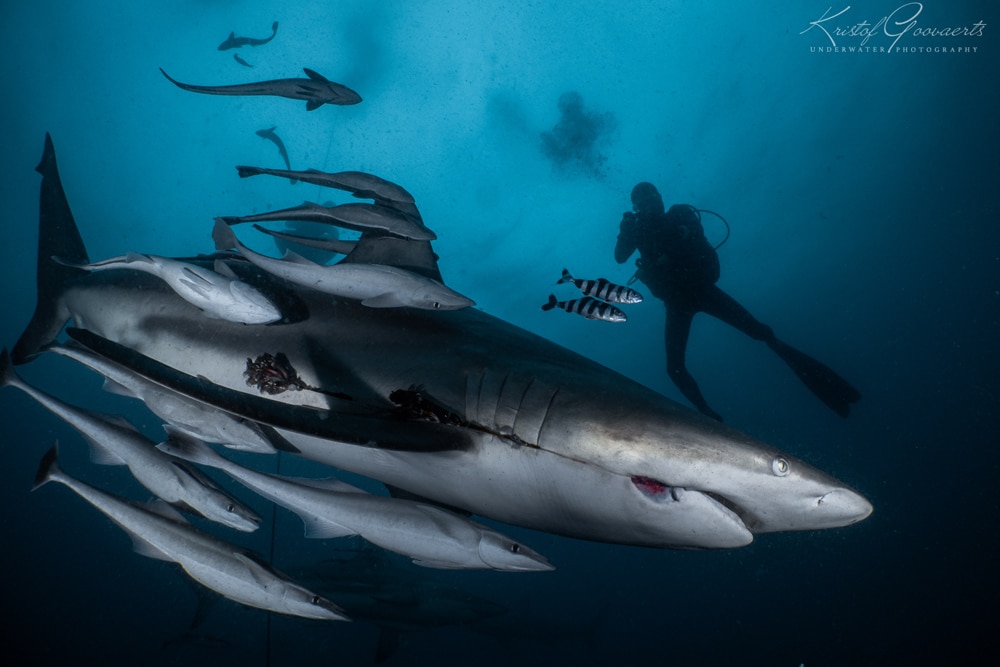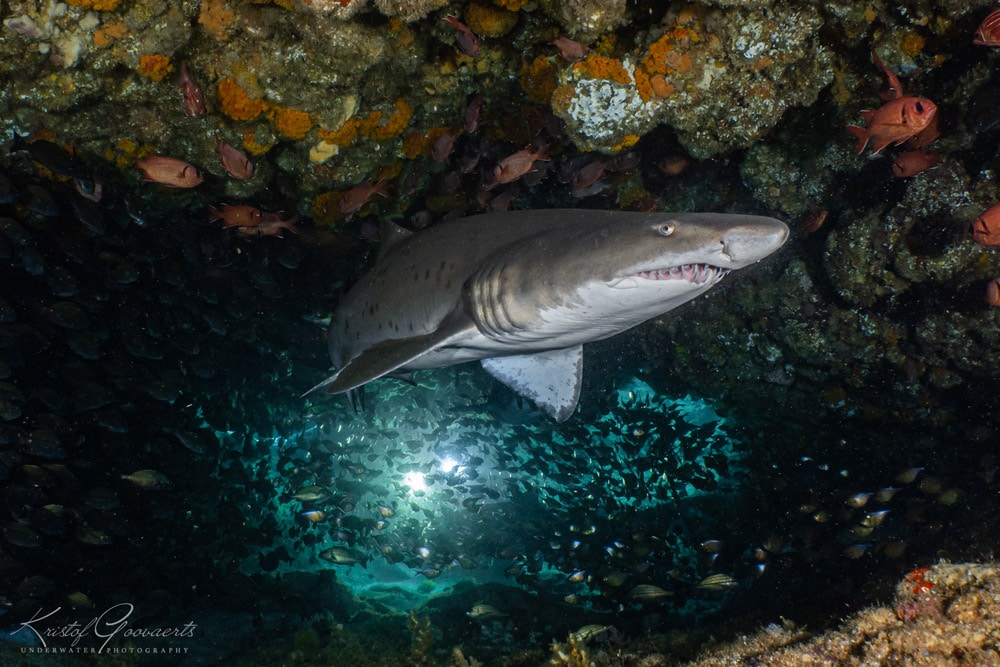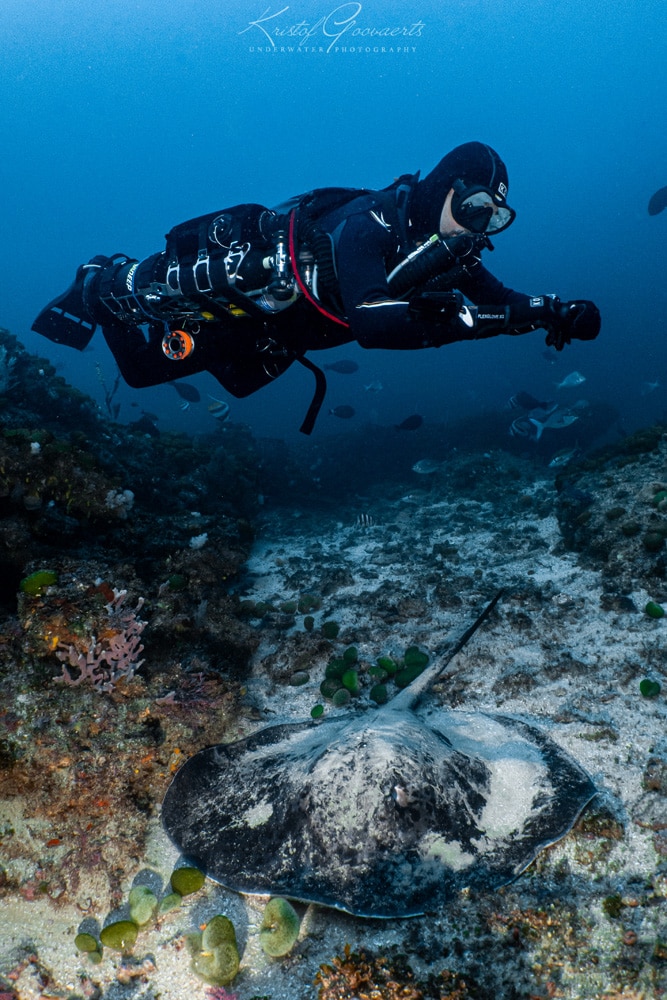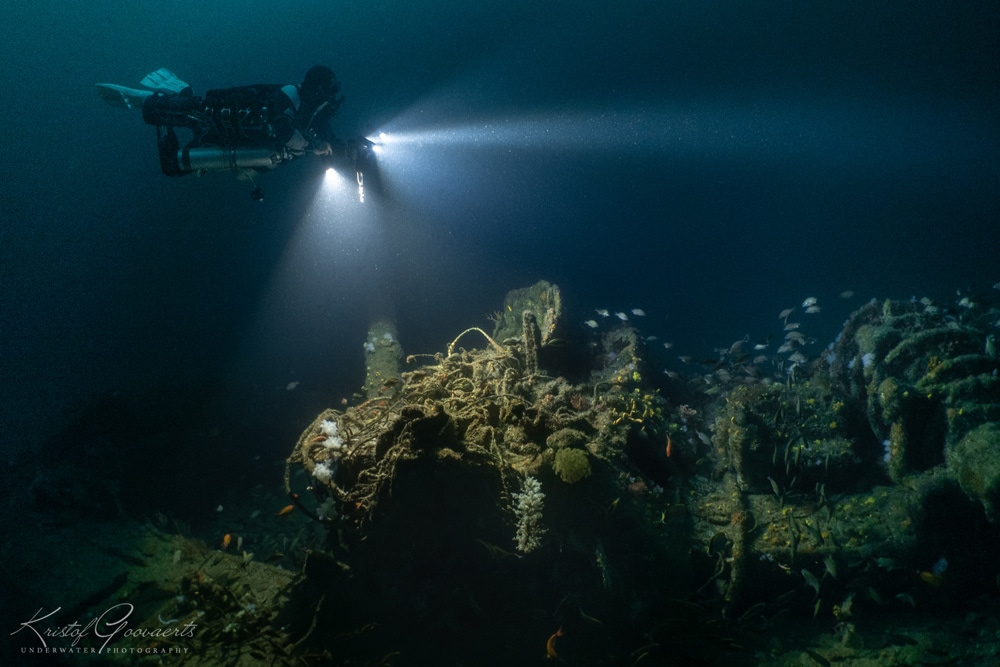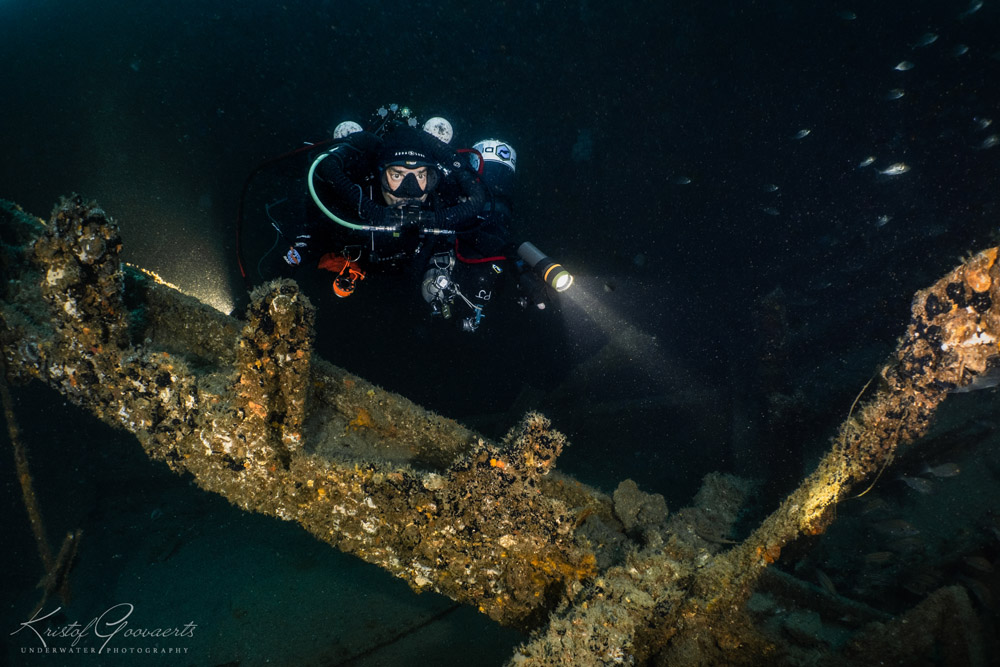News
The diversity of the South African Kwa-Zulu Natal South Coast
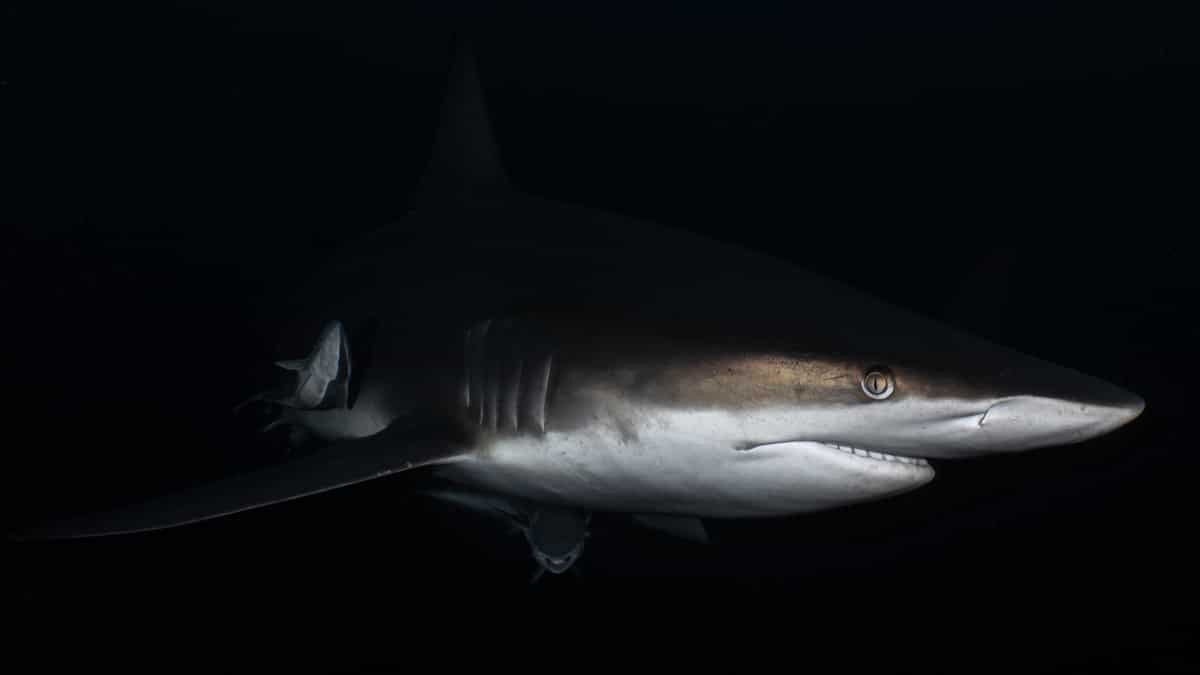
If you know anything about diving in South Africa, you probably know that you can expect to see a wide variety of sharks. From the Great Whites, Makos and Blue sharks in the Western Cape to the Tigers, Ragged tooth (Sand Tigers/ Grey Nurse) and Bull Sharks in Kwazulu-Natal. You have probably also heard of Aliwal Shoal, a reef structure approximately 5km off the Kwazulu-Natal Coast, usually dived from the towns, Umkomaas and Scottburgh.
People travel from all over the world to dive on Aliwal Shoal. When they get there, they discover the region has so much more to offer. Yes, there are the wild game safaris, incredible local craft breweries and a host of other tourist activities. But let’s focus on the diving.
The fossilized sand bank of Aliwal Shoal is home to a wealth of diverse sea life. Apart from the sharks, whales, dolphins and rays, you are likely to encounter hundreds of different species of sub-tropical creatures.
This rocky reef structure presents you with exciting pinnacles, drop-offs and caverns, which during the right time of year, are usually filled with docile Spotted Ragged Tooth Sharks. Dozens of interesting dive sites like Raggie’s Cave, Cathedral, Shark Alley and Manta Point are some of the most frequented by divers.
Of course, with a reef structure that has pinnacles as shallow as 6 or 7 meters, ships were bound meet their demise. Two incredible wreck dives in the area are “The Nebo” and “The Produce”. The wrecks themselves are both interesting and unique, but one of the most incredible sightings divers look forward to seeing, are the enormous Brindle Bass, also known as the Giant Grouper. Growing up to 2.7 meters, they are definitely a giant fish that can be a little nerve-racking to bump into.
To the south of Aliwal Shoal there are even more dive sites that offer not only an abundance of typical sea life but the opportunity to see some of the rarest marine animals.
In November 2019 a team of divers recorded a Coelacanth on a deep wall. The Coelacanth, “Dinosaur Fish”, was once thought to be extinct. However, there have been numerous sightings of the fish on the South African coast, mainly in Sodwana Bay north of Aliwal Shoal, which makes this particular find very interesting.
The elusive and elegant Thresher Shark has been seen on a number of occasions, most notably at a site called Allen’s Cave. This dive site with a maximum depth of 36 meters features some incredible rock formations with gullies, ledges and swim-throughs. During the Ragged Tooth Shark season, there are often sharks resting inside the swim-through.
Umzimai Wall is a site dived less frequently which means that divers are spoiled with inquisitive and curious marine animals. It’s the huge wall and fascinating reef structure that really is the star of the show. Although you can spend a great deal of time at 25m on this reef, the wall descends down to 40 meters. As with many of the deep reefs in this area, you will see long spiraling whip corals that will dwarf many a diver.
Other notable dive sites south of Aliwal Shoal include Landers; Half Acre; Butchers and Fern Reef, all with unique and interesting attractions.
If you’re into some deep wrecks, there certainly are a number in the area that will no doubt impress. The Griqualand is one such wreck that lies in 52 meters of water north of the Aliwal Shoal reef system. At almost 500 tons, this steamer, which sank in 1970, requires more than one dive to truly appreciate all it has to offer. Divers can swim along its mast, that is still intact, and lays across the sand while witnessing a large school of Daga Salmon darting around the wreck. Look out for the enormous Brindle Bass that could be hiding in the shadows of one the holds. And of course, keep an eye out for the sharks that often visit while you’re doing your decompression.
If the weather isn’t great for diving or if you just need to dry out your gills, there are a multitude of activities to keep you busy. Divers visiting South Africa will enjoy seeing the marine big five, but don’t forgot about the big five land animals. A trip to South Africa will not be complete without a visit to some of the best wildlife viewing the world has to offer. Many parts of the country have world-class lodges and camps nestled in the bush affording visitors an unforgettable wildlife experience.
The adventurous could go on hiking or mountain-biking trails, ziplining, bridge swinging or even river rafting. Those that prefer a slower pace can enjoy a round of golf at one of the many golf courses in the area.
Whether you are an entry level diver or an advanced technical rebreather diver, there is something for everyone and enough to see to keep you busy for weeks. South Africa is an incredibly diverse nation with so many attractions whether on land or underwater, that you are spoiled for choice. The hard part is deciding where you want to visit first.
Images: Kristof Goovaerts
Article by PJ Prinsloo – www.pjptech.co.za
News
Book Review: Fire on Monroe Bravo by Fred Lockwood

Fire on Monroe Bravo is the latest book in the Jack Collier series by Fred Lockwood. Our story begins with our lead characters, Jack and Sandro, owners of Marine Salvage & Investigation Company, arriving on the Monroe Bravo Oil & Gas Platform in the North Sea. Having secured a contract for their vessel the MV Stavanger to act as support ship to the platform for TransGlobal Oil, our protagonists are on a celebratory visit.
However almost as soon as they arrive a series of explosions rock the platform, causing huge damage, loss of life and the very real danger of a massive human, ecological and financial disaster.

As the danger mounts for both our heroes and the surviving workers, Jack and Sandro will have to escape the inferno, all while trying to save the platform and the men still trapped unable to help themselves.
The disaster sets the scene for the unfolding story lines following the fate of the platform and our main characters, the police investigation into a suspected terrorist act and the actions of TransGlobal Oil as they attempt to navigate the pubic outcry and financial repercussions.
In his eighth book, Fire on Monroe Bravo, Fred Lockwood delivers an explosive thriller, with plenty of above and in-water drama, and our heroes fighting for survival, what more can you ask for?
We thoroughly recommend this read and look forward to the next in the series. For more information about his book series, you can check out the reviews of his previous books here on Scubaverse.
- Title: Fire On Monroe Bravo
- Author: Fred Lockwood
- ISBN: 979-8325324536
Available in a paperback version and for Kindle from Amazon and book stores.
Blogs
Alonissos: The complete diving destination (Part 1)

In June we were incredibly fortunate to be invited to dive in Alonissos, a small Greek Island in the Sporades island chain located in the North Aegean Sea. While I have long been a big fan of the Greek Islands as a great holiday destination, I had not had the opportunity to do any diving on previous visits and Mike and I were extremely excited to see what Alonissos had to offer both above and below the surface!

The Sporades are easily accessible via the airport in Skiathos (the first island in the chain), which is served by Jet2 flights from all major UK airports from May through October. Numerous ferries and charter boats make island hopping from Skiathos Town a breeze. After an hour boat ride, the picturesque port of Patitiri was a wonderful introduction to Alonissos, where we were met by our gracious hosts Kostas of Albedo Travel and Dias of Alonissos Triton Dive Center. Mike and I were delighted to be staying at the Paradise Hotel, aptly named for its stunning views over the sea and great location for walking to the waterfront.

Alonissos is beautifully situated in the National Marine Park of Alonissos and the Northern Sporades, the largest marine protected area in Europe. The surrounding seas offer fabulous marine life, including incredibly rare species such as the Mediterranean monk seal. They boast deep walls covered in gorgonians and sponges, stunning topography with caverns, swimthroughs and pinnacles, and the first accessible ancient shipwreck from 500BC!

In locations where historical sites have been reported, the waters are largely restricted, but with collaboration between government, underwater archeologists and dive centres, incredible underwater museums are being created for a truly unique diving experience. Alonissos is home to the first of these, the Ancient Shipwreck of Peristera Accessible Underwater Archeological Site. The chance to dive into history (along with reports of healthy reef life and amazing underwater topography) meant Mike and I were keen to get in the water.

Our introduction to the diving around Alonissos was at the Agios Georgios Pinnacles, in the channel between Alonissos and Skopelos. This fantastic site was named “The Chimney,’ and proved to have a huge amount to see. We got to a decent depth here (over 25m), and marvelled at a colourful reef wall with a wonderful swim through whose rocky walls were absolutely covered with life. As well as brilliant topography there was no shortage of macro life here. We saw numerous nudibranchs, five different species in total. The second dive at Mourtias reef nearby was a shallower dive along a nice wall with lots of crevices. Several moray eels and grouper called this site home. We enjoyed looking in the crevices for lobster and smaller benthic life, such as cup corals and tunicates.

Our itinerary allowed us two dives a day with afternoons left to explore the island with our hire car and evenings to enjoy the famous Greek hospitality. This proved to be a lovely mix of in-water and land based diversions.

The next days diving to the Gorgonian Gardens and Triton’s Cave was to be even better! These two stunning sites are nothing short of fabulous. The Gorgonian Gardens was a deep wall near to the Agios Georgios islands. The ever-present currents in this deep channel meant that the sea life was amazing … the namesake Gorgonian sea fans dotted the wall at a depth of 30 to 50 meters, getting ever larger the deeper we went. Above 30m was by no means less beautiful, with sponges, corals, scorpionfish, moray eels and some rare and colourful nudibranchs.

The second shallower dive of the day was to Triton’s Cave or the Cavern of Skopelos, on the east side of that island. The spectacular rock formations had wild striations both above and below the water making a truly epic topography. The cavern entrance was at 14m, and big enough for a buddy pair, winding up to 6m and passing two beautiful windows out into the blue. Emerging from the cavern, the light at the shallower depths and the incredible rock formations made for a fantastic gentle swimming safety stop and we all surfaced by the boat with massive grins.

Check out our next blog :Alonissos: The complete diving destination (Part 2)” to hear about our amazing dive on the 2500 year old Peristera Wreck!
Thanks to:
Alonissos Triton Dive Center https://bestdivingingreece.com/
Albedo Travel https://alonissosholidays.com/activities/
Paradise Hotel https://paradise-hotel.gr/
Alonissos Municipality https://alonissos.gr/en/
-

 Blogs2 months ago
Blogs2 months agoDiving With… Nico, Ocean Earth Travels, Indonesia
-

 News1 month ago
News1 month agoMurex Bangka Announce New Oceanfront Cottages & Beachfront Dining
-

 Blogs2 months ago
Blogs2 months agoA new idea in freediving from RAID
-

 Marine Life & Conservation1 month ago
Marine Life & Conservation1 month agoIceland issue millionaire whale hunter a licence to murder 128 vulnerable fin whales
-

 Marine Life & Conservation2 months ago
Marine Life & Conservation2 months agoThe Shark Trust Great Shark Snapshot is back
-

 News3 months ago
News3 months agoCharting New Waters; NovoScuba Goes Global with the Launch of their Revolutionary Dive Training Agency!
-

 Gear News1 month ago
Gear News1 month agoNew Suunto Ocean – a dive computer and GPS sports watch in one for adventures below and above the surface
-

 Marine Life & Conservation Blogs2 months ago
Marine Life & Conservation Blogs2 months agoBook Review: Plankton


